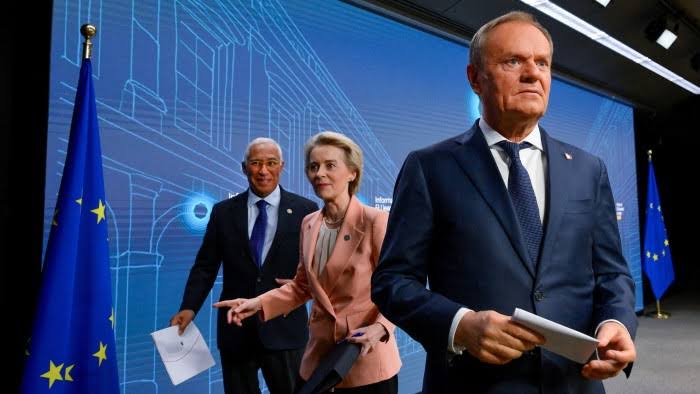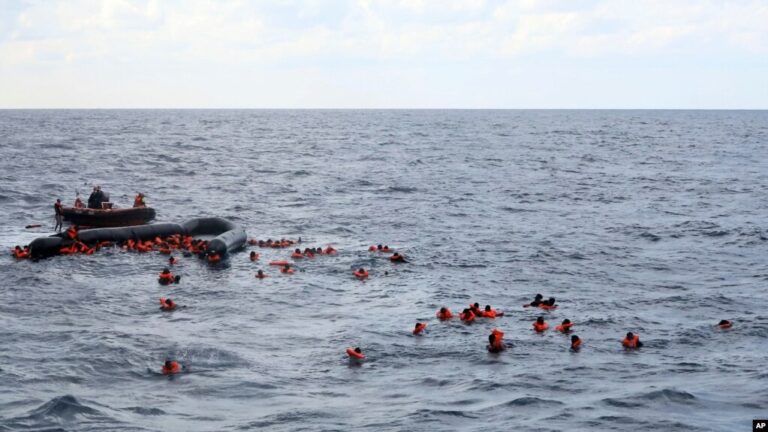
Brussels has engaged in unprecedented discussions regarding defense and the funding of its industrial and technological sectors. Three years after the onset of the Russian invasion of Ukraine and just three months following Donald Trump’s return to the U.S. presidency, Europe has rekindled its concerns about defense. Currently, the North Atlantic Treaty Organization (NATO), based in Brussels, remains the guardian of the continent’s collective security; however, the American president has made his stance on the alliance clear.
He has indicated that if European nations wish to rely on the American nuclear shield, they must invest in their own conventional defense capabilities and substantially boost their military budgets. As U.S. Secretary of State Marco Rubio stated on April 3, European nations should aim to allocate 5% of their Gross Domestic Product to military expenditures, a significant increase from the current average of 2%. This would entail a remarkable financial commitment amid a global trade conflict and turbulent stock markets.
On March 4, the European Commission introduced its initial proposals through a comprehensive initiative called “ReArm Europe,” which aims to enable the 27 EU member states to increase their military spending by approximately €800 billion by 2030. This plan will allow them to bypass the stringent fiscal regulations of the Stability and Growth Pact, which mandates a maximum deficit of 3% and a debt limit of 60%. Additionally, the Commission suggested the establishment of a fund, the Security Action for Europe (SAFE), intended to generate around €150 billion from capital markets, which would then be loaned to EU countries at favorable rates.



